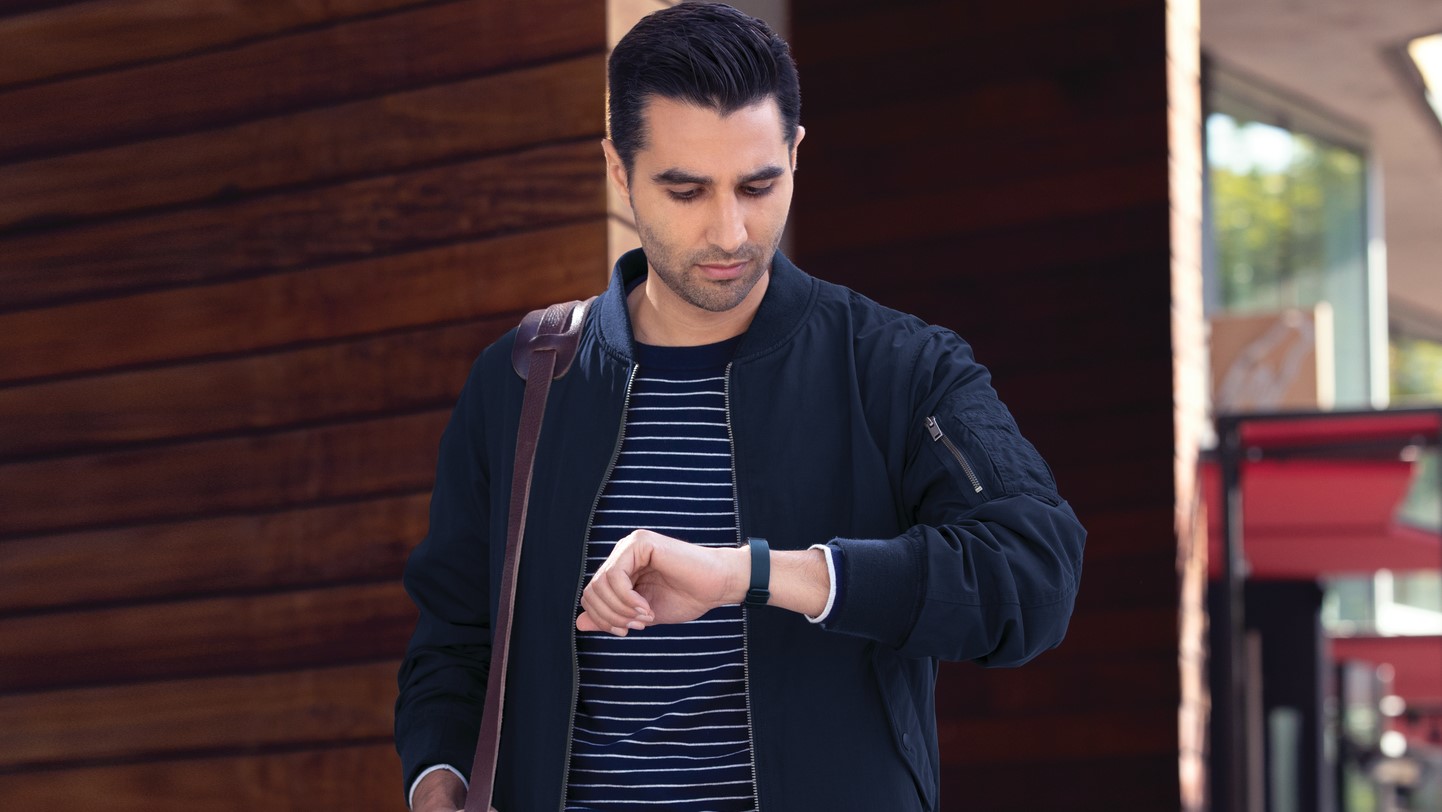Fitbit Inspire vs Fitbit Inspire HR vs Fitbit Inspire 2

If you're looking for a fitness tracker, Fitbit is likely to be one of the first names that comes to mind – but it might be hard to decide which one is right for you. The Fitbit Inspire, Inspire HR and Inspire 2 all look very similar at first glance, and have similar price tags, but there are some very important distinctions between the three that you should know about before making your decision.
The original Fitbit Inspire and Inspire HR are now over six years old, and although they've dropped in price a little since their launch, you can pick up a cheap fitness tracker from the likes of Huawei for less if price is your main concern.
The Fitbit Inspire 2 was launched in 2020, and gives you a lot more features for hardly any extra cash. If you're looking for the best value, the Inspire 2 is easy to recommend, but of course price alone isn't the only consideration. Read on to discover all the key differences and make the right choice for you.
Price
- Fitbit Inspire and Inspire HR are costly for their age
- The Fitbit Inspire 2 can be found for same price as the Inspire HR
The original Fitbit Inspire cost $69.95 / £69.99 / AU$129 when it launched in November 2014, and the Fitbit Inspire HR cost $99.95 / £89.99 / AU$179.95 when it first went on sale a few weeks later.
Both devices are now several years old, and can be found more cheaply – though prices haven't dropped as low as you might expect. At the time of writing, you can snap up a Fitbit Inspire for around $55 / £50 / AU$120, or grab a Fitbit Inspire HR for $80 / £87 / AU$130.
The Fitbit Inspire 2 cost $99.95 / £89.99 / AU$179.95 when it was released in September 2020, and we've already seen some big discounts on its original price. At the time of writing, you can pick one up for about $80 / £75 / AU$130 – around the same as the much older Inspire HR.
Prices fluctuate over time, so we've rounded up the best offers on each device below.
Sign up for breaking news, reviews, opinion, top tech deals, and more.
Design
- Almost identical for all three
- Inspire HR and Inspire 2 use more premium materials
- Inspire 2 has slightly more curved shape
As we mentioned earlier, the three Inspire devices look very similar, with a slim bracelet-style design and one-inch monochrome OLED touchscreen.
The original Inspire has a band made from what Fitbit calls "a flexible, durable elastomer", which fastens with a peg and loop. The Fitbit Inspire HR has a more premium feel, with a soft silicone band and an aluminum buckle.
The Fitbit Inspire 2 has received a design update that Fitbit says is inspired by the lines of the human body. That means smoother curves, a more rounded shape to the case, and a clearer separation between the case and the band. It has a silicone band with a plastic buckle.
The cases of all devices are almost exactly the same dimensions, with the Fitbit Inspire and Inspire HR measuring 37 x 16mm, and the Inspire 2 measuring 37 x 16.8mm.

Features
- Original Fitbit Inspire doesn't track heart rate or sleep
- No on-board GPS, but Inspire HR and Inspire 2 can piggyback on phone
- Inspire 2 monitors heart rate zones during workouts
The original Fitbit Inspire tracks steps, active minutes (periods of moderate to intense activity lasting at least 10 minutes), distance, and calories burned. It can begin tracking certain workout types automatically thanks to its accelerometer.
As its name suggests, the Fitbit Inspire HR also offers all-day heart rate monitoring, but it has several other features tucked up its sleeve too, which make it a much more capable device.
It can piggyback on your phone's GPS while you're walking, running or cycling, allowing you to view a map of your workout in the Fitbit app afterwards. You'll also be able to see a graph of your heart rate as you exercised.
The Fitbit Inspire HR uses your heart rate together with its accelerometer to monitor your sleep stages. It can also take you through guided breathing sessions designed to lower your heart rate if you're feeling anxious (though, unlike the Fitbit Sense, none of the Inspire devices actually measure stress).

The Fitbit Inspire 2 has all those features, plus the ability to plot trends in your resting heart rate over time, a special sleep mode to prevent disturbances overnight (plus a silent alarm for the morning), swim tracking, and the ability to track Active Zone Minutes, with alerts when you move between heart rate zones during a workout.
The Inspire 2 also comes with a one-year subscription to Fitbit Premium, which gives you access to a huge collection of guided workouts and meditations, plus tools for monitoring your wellbeing over time.
All three devices sync wirelessly with your phone, and allow you to receive smartphone notifications in your wrist,
Note, however, that none of these devices have on-board GPS, so you'll need to carry your phone if you want to map your workout. For phone-free location tracking, take a look at the Fitbit Charge 4.
Battery life
Both the Inspire and Inspire HR are quoted as having five days of battery life, while the Inspire 2 will last around 10 days. The exact duration will depend on how you use your device, but these figures seemed consistent with our tests,
Conclusion
Even if you don't intend to use all its features, the Fitbit Inspire 2 is the device we'd recommend you choose. With additional health monitoring tools and a one-year subscription to Fitbit Premium for almost no extra cost, it's an easy choice.
However, if you're willing to consider other brands, there are some alternatives that are worth considering as well. The Honor Band 5 offers similar specs for less cash, and the Huawei Band 3 Pro is an affordable alternative that also includes on-board GPS and up to two-week battery life (though we found it wasn't quite as comfortable as a Fitbit).
For more recommendations and advice, check out our guide to the best cheap fitness trackers.
- Fitbit vs Apple Watch: choose the right wearable for you

Cat is TechRadar's Homes Editor specializing in kitchen appliances and smart home technology. She's been a tech journalist for 15 years, having worked on print magazines including PC Plus and PC Format, and is a Speciality Coffee Association (SCA) certified barista. Whether you want to invest in some smart lights or pick up a new espresso machine, she's the right person to help.